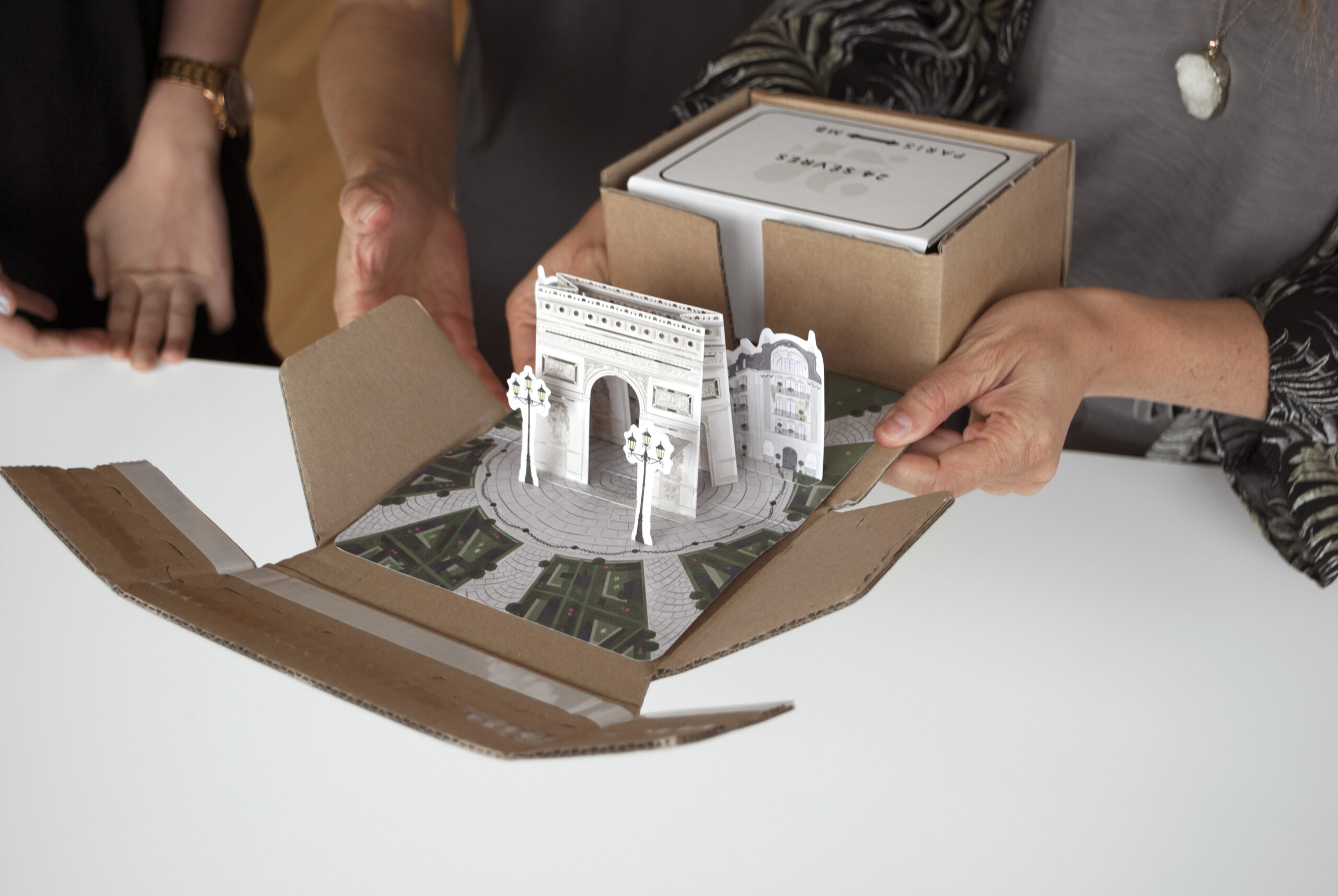
Custom Packaging Trends 2024: Three Innovations Transforming the Retail & Restaurant Industries
Packaging was once considered merely a container for products. Now, it’s a powerful tool that can have a dramatic impact on your brand’s environmental footprint, customer experience, and perceived value.
This evolution of custom packaging reflects the broader changes in societal values, consumer preferences, and technological advancements. 2024 marks a new year in packaging evolution. What should buyers have on their radar?
This article explores the three most prominent custom packaging trends for 2024 and how your brand can leverage them to your advantage in the coming year.
Packaging Trend #1: Sustainable Custom Packaging Continues to Take Center Stage
According to GlobeNewswire, the sustainable packaging industry is projected to grow from $371 billion in 2022 to $737 billion by 2030. This surge is driven by rising environmental concerns over packaging waste accumulation in landfills, stringent regulations curbing single-use plastics, and consumer demand for eco-friendly packaging.
The shift toward sustainable packaging is instrumental in helping our society balance consumerism with protecting the environment. Recyclable packaging, biodegradable materials, compostable plastics, and plant-based alternatives may hold the key to a more sustainable future.
Discover how these sustainable packaging solutions can reduce your brand’s environmental impact and promote a circular economy.

Recyclable Custom Packaging
Recyclable packaging conserves resources by allowing its materials to be repurposed. This sustainable practice diminishes the demand for virgin materials, leading to fewer carbon emissions from raw material processing. Designing packaging that minimizes waste and maximizes resource efficiency is essential to a circular economy.
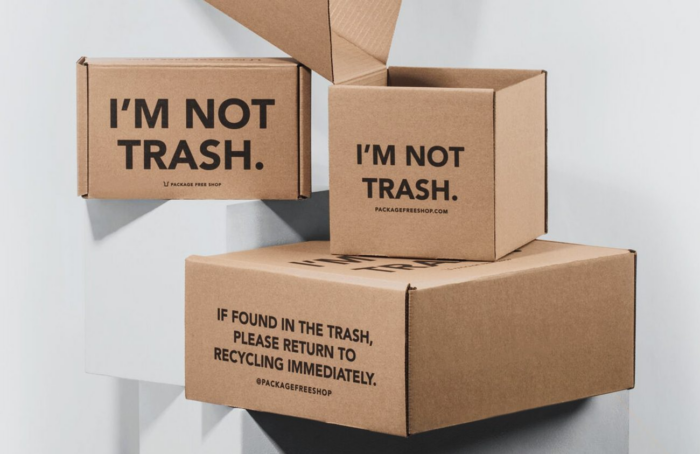
Breakdown Plastic (BDP®) Custom Packaging
Packaging made from breakdown plastic (BDP®) is designed to decompose faster than conventional plastics. This unique process helps reduce its overall impact on the environment.
With packaging made from BDP®, your brand can transition from a single-use model to a more circular approach. This helps packaging materials cycle back into the ecosystem rather than piling up in landfills.
Many forward-thinking brands such as Reformation, Levi’s, and Outdoor Voices have started using ecommerce packaging made from BDP® to reduce their environmental impact and adopt more sustainable practices.
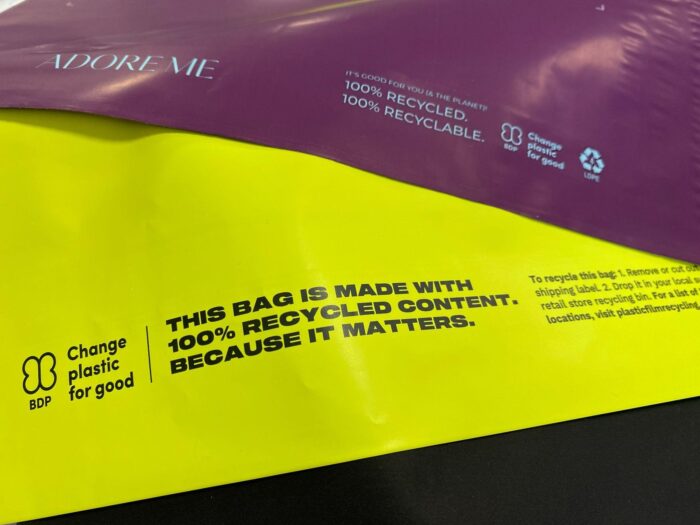
Post-Consumer Recycled (PCR) Materials
Using post-consumer recycled material (PCR) in your paper shopping bags, mailers or boxes reduces the need for cutting down trees and leads to a significant reduction in your brand’s carbon footprint.
In a circular economy, this approach maximizes the life cycle of packaging materials, reduces the strain on ecosystems, and minimizes landfill waste. The retail industry uses post-consumer recycled content extensively in various packaging types such as shopping bags, product boxes, tissue paper, gift wrapping, and hangtags.
FSC-certified Paper Custom Packaging
FSC-certified paper is sourced from responsibly managed forests that adhere to strict environmental, social, and economic standards set by the Forest Stewardship Council. Sustainable forestry practices sequester more carbon dioxide and ensure a balanced ecosystem.
FSC-certified paper is an excellent way for your brand to make a positive impact on the environment. This approach promotes a circular economy, where resources are conserved and regenerated to minimize waste and environmental degradation.
Apple’s product packaging often uses FSC-certified paper as part of its strategy to meet net-zero carbon emissions.
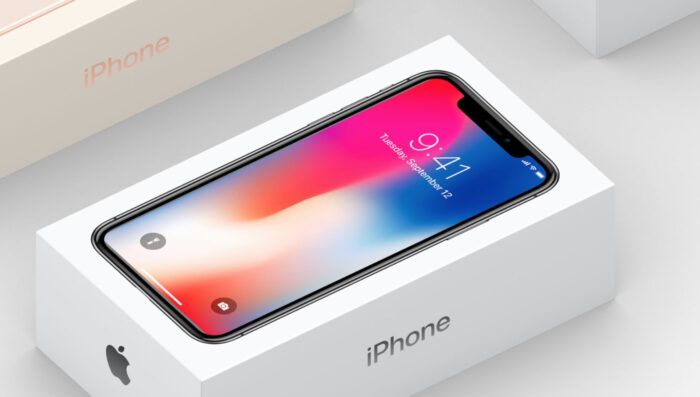
FSC-certified paper is sourced from responsibly managed forests that adhere to strict environmental, social, and economic standards set by the Forest Stewardship Council. Sustainable forestry practices sequester more carbon dioxide and ensure a balanced ecosystem. FSC-certified paper is an excellent way for your brand to make a positive impact on the environment. This approach promotes a circular economy, where resources are conserved and regenerated to minimize waste and environmental degradation. Apple's product packaging often uses FSC-certified paper as part of its strategy to meet net-zero carbon emissions.
Apple Tweet
Soy & Water-Based Inks
Soy and water-based inks are eco-friendly alternatives to traditional petroleum-based inks.They’re derived from renewable resources like soybeans and use water as a solvent to produce eco-friendly ink for packaging.
Soy and water-based inks minimize emissions from volatile organic compounds (VOCs) that can lead to air pollution, smog, and health risks when inhaled. Moreover, soy and water-based inks produce sharp and vibrant prints, make the recycling process for packaging easier, and promote a cleaner waste stream.
Packaging Trend #2: The Smart Packaging Revolution
The emergence of smart packaging is revolutionizing the consumer-brand relationship by turning every package into an interactive experience. This fusion of physical packaging with digital interfaces can enhance consumer engagement, foster brand loyalty, and empower your brand with data-driven insights.
This transformative shift is bridging the physical and digital worlds to usher in a new era of connectivity, consumer engagement, and informed purchasing decisions.
Let’s explore the advanced technologies driving the smart packaging revolution.
Quick Response (QR) Codes
Quick Response (QR) codes are two-dimensional barcodes that quickly direct users to a specific digital location, such as a website or app when scanned using a smartphone or other capable device.QR codes serve as a bridge between physical products and digital information to offer consumers instant access to product details, usage instructions, promotional offers, and even brand storytelling.
An innovative example of QR code usage is Zappar’s accessible QR code that allows packaging to talk to people with vision impairments.When the sight-impaired individual scans the QR code, they can receive product information tailored to their needs and requirements.
Imagine the opportunities “talking” packages open up for your brand beyond accessibility functions.
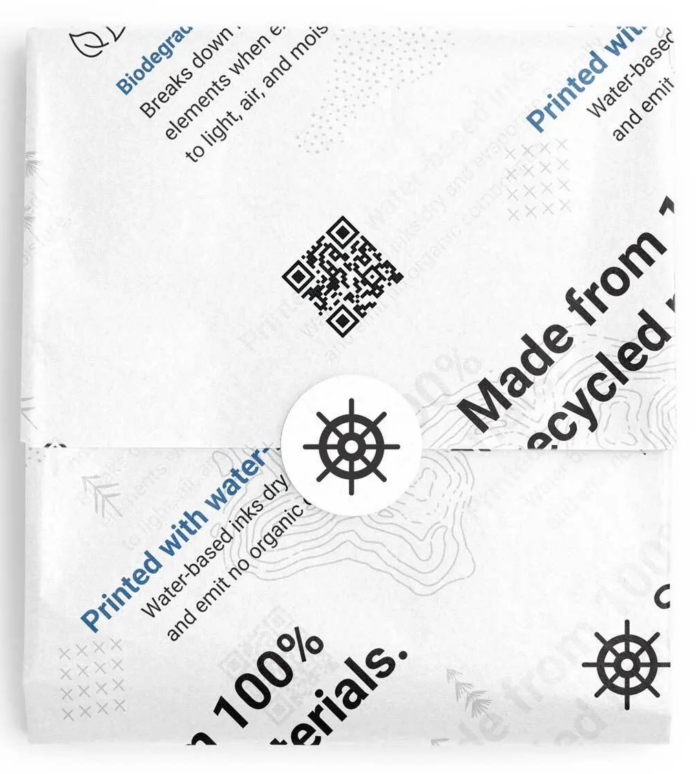
Near-Field Communication (NFC)
Near-field communication (NFC) is a wireless technology that enables data exchange between devices, typically requiring a tap or a brief hover. NFC tags can be embedded into packaging to give consumers access to detailed product information or exclusive digital content.
Cosmetic brand Clinique launched its first NFC-enabled packaging for skincare in 2021 that allowed users to access exclusive content, coupons, personalized questions and tips, product reviews, and a live chat feature.
Pragmatic Semiconductor produces flexible integrated circuits (FlexIC) that can be easily embedded in packages to make them intelligent and interactive. The embedded FlexIC tags transform packaging into smart objects, enable direct brand-consumer interaction, and verify product authenticity.

Radio-frequency Identification (RFID)
Radio-frequency identification (RFID) in packaging involves embedding tiny electronic tags that transmit data to a specialized RFID reader. RFID technology enables automatic data capture and simultaneous reading of multiple tags without line-of-sight.
Implementing RFID tags into packaging can enhance supply chain visibility by allowing real-time tracking of products between manufacturers, distribution centers, and customers.This can help speed up receiving, picking, packing, and shipping while reducing manual errors and labor costs.
Companies can also use the rich data collected from RFID tags to support better decision-making in inventory management, compliance reporting, and operational planning. Many companies worldwide are investing in RFID-integrated packaging to improve the safety and efficiency of package handling operations.
This is part of the broader trend of leveraging technology to enhance operational and supply chain efficiencies in the packaging industry.
According to GlobalData, there are 50 companies, spanning technology vendors, established packaging companies, and up-and-coming start-ups engaged in the development and application of RFID-integrated packaging
Packaging Gateway Tweet
Internet of Things (IoT)
The Internet of Things (IoT) refers to the network of interconnected physical devices that communicate and exchange data with each other through the internet. IoT is revolutionizing how consumers, brands, and supply chains interact with packaging.
Smart packages with IoT sensors can provide real-time data about product conditions, location, and authenticity. In retail packaging, this technological leap is transforming consumer-brand dynamics, with companies like Digimarc leading the way with interactive communications.
Imagine a high-end perfume box in a retail store with an IoT sensor. Then, when a potential buyer picks it up, the sensor triggers a nearby digital display to showcase the perfume’s story, ingredients, and even customer testimonials.
These innovations allow your brand to create more engaging, informative, and interactive consumer experiences with custom packaging designs.
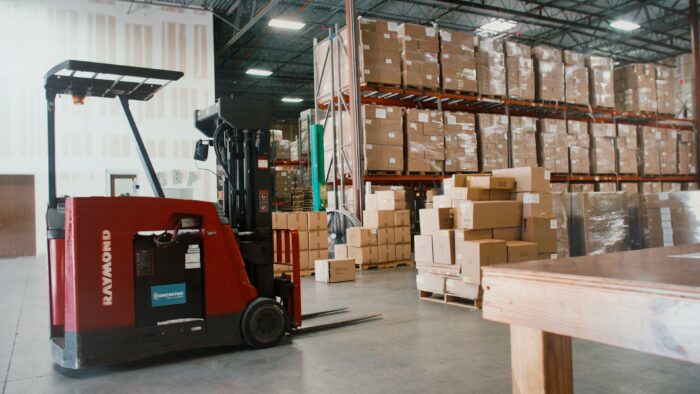
Augmented Reality (AR) & Virtual Reality (VR)
Augmented reality (AR) overlays digital content in the real world through devices like smartphones.
Virtual Reality (VR) immerses users in a completely virtual environment, typically using headsets.
Merging AR and VR with packaging creates deeper consumer engagement by turning static designs into dynamic experiences. When consumers view packaging through a device, interactive 3D visuals can animate, offering a unique storytelling angle.
For instance, Starbucks introduced the “Starbucks Cup Magic” app. When scanned by a smartphone, this augmented reality application animates the brand’s holiday red cups, coffee bags, and in-store signs. The app offers an interactive experience by allowing customers to engage with animated characters and share the holiday scenes via email or social media.
While the main aim is to enhance brand engagement, the app informs users about Starbucks holiday promotions and includes an e-gift feature for sending Starbucks Card gifts.
Another great example is Jack Daniel’s AR app by Brown-Forman spirits and wine company. This gives users an immersive tour of the Jack Daniel’s Distillery using pop-up book-style visuals.
Within a month of its global debut, the app attracted over 30,000 iOS and Android users, who collectively viewed over 110,000 AR experiences, averaging a session time of 5:42 minutes each.

Packaging Trend #3: Strengthen Customer Relationships with Hyper-personalization
Hyper-personalization in custom packaging refers to using advanced analytics and real-time data to tailor unique packaging designs to individual customers. This method analyzes consumer behavior and preferences to provide packaging that feels almost hand-crafted for them.
For instance, care/of uses online surveys to collect customer data, create personalized vitamin regimens, and print the customer’s name on the packaging. This level of customization ensures their packaging creates a strong emotional connection and delivers a hyper-personalized customer experience.
Here’s a closer look at how you can implement hyper-personalization in your custom packaging designs.
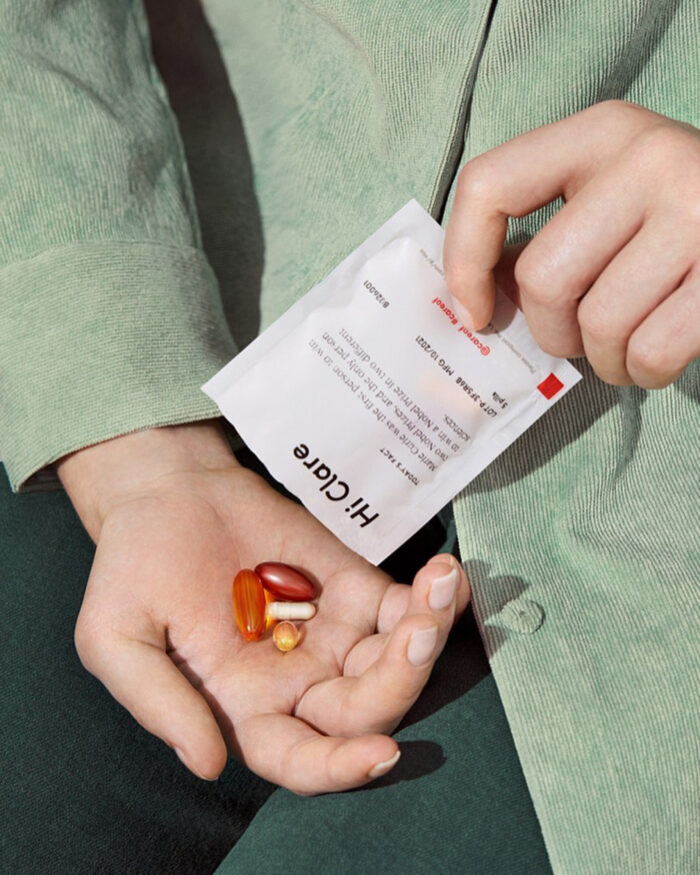
Create Strong First Impressions
Your brand can create a memorable first impression by tailoring packaging and messaging to a customer’s preferences and interactions.
For instance, 24 Sèvres included a pop up that lent itself to a “wow” unboxing moment and complemented other personalized elements through their ecommerce packaging experience.
Embedded QR codes can also provide personalized product tutorials for new customers unfamiliar with the product. This hyper-personalized approach ensures the unboxing experience resonates deeply, making your brand more memorable after a customer’s first purchase.
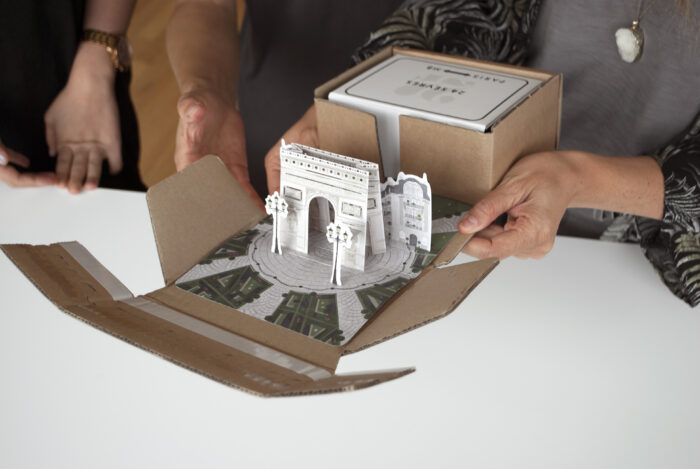
Exclusivity through Personalization
Brands can integrate customer-specific data into packaging designs to make each product feel tailor-made for the individual. QR codes present another opportunity to link to exclusive content or personalized messages. This transforms the unboxing experience into intimate interaction.
This level of detail showcases your brand’s commitment to recognizing and valuing the individuality of each customer and fosters a sense of luxury and exclusivity.
Personalized Packaging for Special Occasions
Your brand can tap into the milestones and emotions of your customers with personalized packaging for special occasions. For instance, data analytics enables your brand to determine when a customer’s birthday is approaching and design packaging specifically for that occasion.
You can print the customer’s name on the packaging, craft a personalized birthday message, or even tailor the design to reflect their preferences, such as favorite colors or patterns.
This can make customers feel your brand is attuned to their personal journey, not just seeing them as another sales statistic. In a market saturated with generic marketing ploys, hyper-personalization can distinguish your brand and create lasting memories in the minds of consumers.
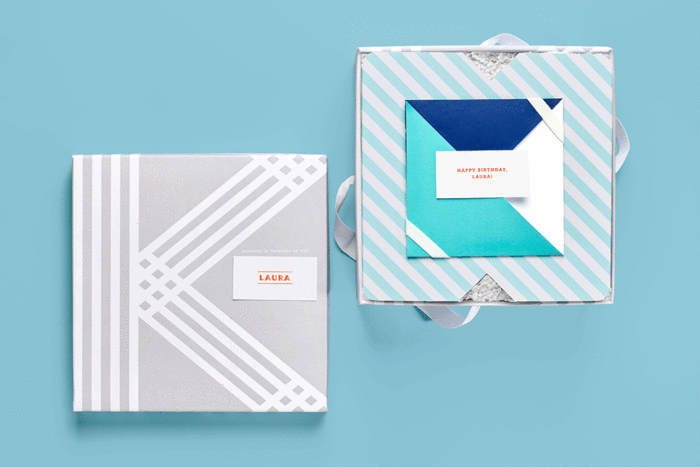
Venture into the Future with CRP’s Custom Packaging Solutions
So, as we stand on the threshold of this transformative journey, it’s time to get excited for a dynamic year in packaging. Consumer experiences will be redefined through the union of sustainability, connectivity, and personalization.
The year 2024 promises numerous innovations and transformations that will reshape the contours of packaging as we know it. Join us in shaping the future and we’ll help you ascend to new heights with innovative packaging solutions.